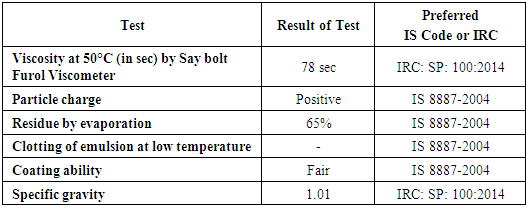
Later, the dry process is wide uses, because of the modem development of the technique of dry mixing of powdered materials using compressed air. The techniques of the intimate mixing of raw materials in powder form were not available then. In the old age, because of the possibility of more accurate control in the mixing of raw materials, the wet process is popular. With a little change in the above process, we have the semi-dry process also where the raw materials are ground dry and then mixed with about 10-14 percent of water and further burnt to clickering temperature.


There are two processes known as “wet” and “dry”processes depending upon whether the mixing and grinding of raw materials are done in wet or dry conditions. Related: 17 Types of cement their properties and Uses Types of Manufacturing of cement By this process, the product formed is Portland cement. The clinker is cooled and ground to a fine powder with the addition of about 3 to 5% of gypsum. During this process, these materials partially fuse to form nodular shaped clinker by broking of chemical bonds of the raw materials and recombined into new compounds. The manufacture of Portland cement is a complex process and done in the following steps: grinding the raw materials, mixing them in certain proportions depending upon their purity and composition, and burning them to sintering in a kiln at a temperature of about 1350 to 1500 ⁰C.

Sand Equivalent Value of Soils and Fine Aggregate Deleterious materials may consist of wood, clay lumps, friable particles, coal and lignite, flat or elongated particles, glassy particles, and iron ore. This method of test describes the procedure for determining the percentages, by weight, of deleterious materials in aggregate. It is not intended for use in the sieve analysis of aggregates recovered from bituminous mixtures or for the sieve analysis of mineral fillers. This method of test covers a procedure for the determination of the particle size distribution of fine and coarse aggregates, using sieves with square openings. Sieve Analysis of Fine and Coarse Aggregates All substances other than shell and all material passing the 75 micrometer sieve shall be considered foreign matter.ĭetermining the Quantity of Clam Shell in Clam and Reef Shell MixturesĮffective, this procedure is no longer applicable.Īmount of Material Finer than No. This method is designed to determine the percent by weight of foreign matter in clam shell, reef shell, and mixtures of clam and reef shell. This is to minimize the variations between the larger field sample and sample size needed for testing.ĭetermining the Amount of Foreign Matter in Clam Shell, Reef Shell, and Mixtures of Clam and Reef ShellĮffective, this procedure is no longer applicable. This procedure is intended for reducing of the gross sample to laboratory size using a mechanical splitting device.
#PORTLAND CEMENT SPECIFIC GRAVITY LAB FREE#
This procedure is designed to determine the total moisture and free moisture contents of coarse and fine aggregates for Portland cement concrete by drying the material on a hot plate or in an oven. This procedure is intended to determine the particle size distribution of mineral fillers by sieve analysis.ĭetermining Total Moisture and Free Moisture in Aggregate (Coarse and Fine)


 0 kommentar(er)
0 kommentar(er)
